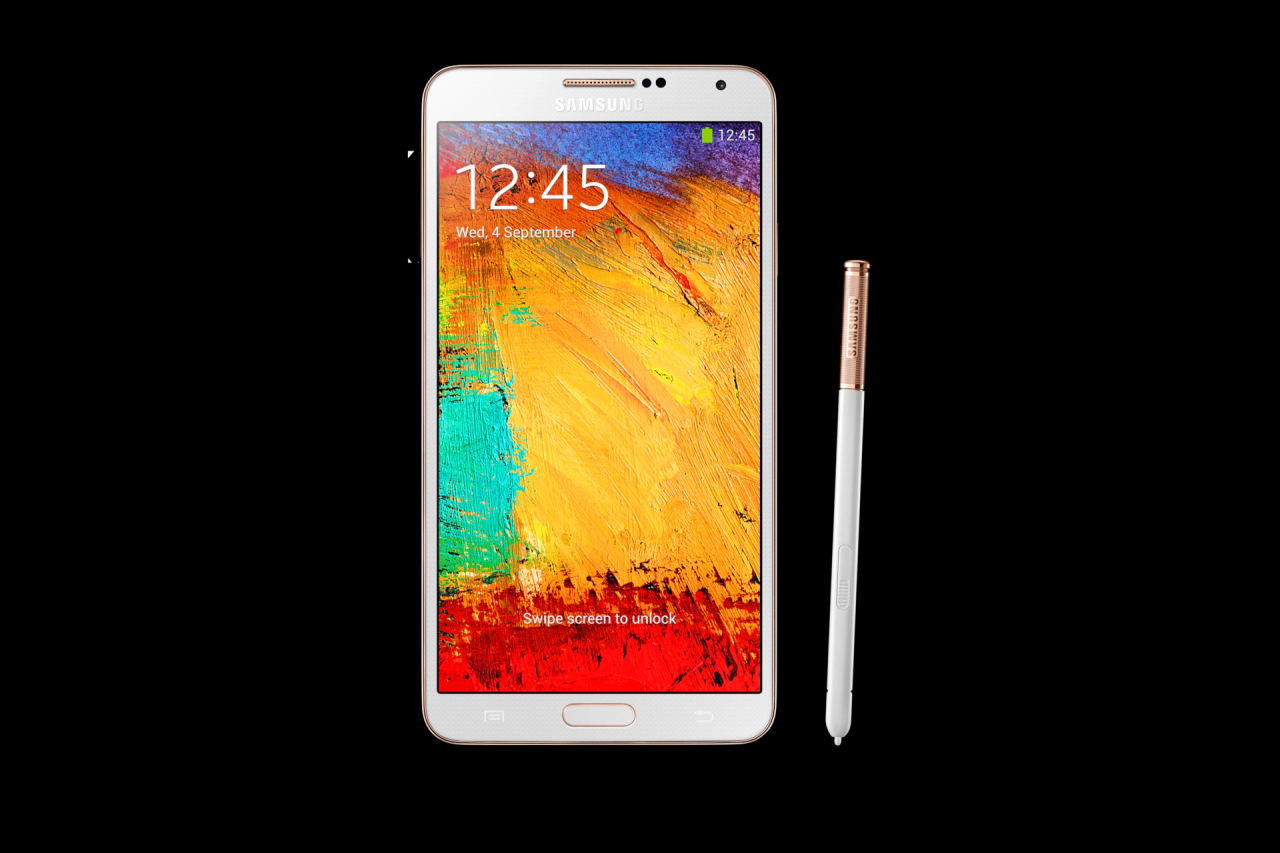Samsung Galaxy N900 Specification Overview
Samsung Galaxy Note 3 (N900) Specifications: Samsung Galaxy N900 Specification
Samsung galaxy n900 specification – The Samsung Galaxy Note 3, model N900, marked a significant step forward in the phablet market upon its release. It aimed to solidify Samsung’s position as a leader in large-screen devices, targeting a professional and power-user demographic who valued productivity and multimedia capabilities.
Device Overview: Samsung Galaxy Note 3 (N900)

Source: vox-cdn.com
The Galaxy Note 3 launched with a focus on enhanced productivity and a refined user experience. Key features included its large Super AMOLED display, the S Pen stylus with improved functionality, and a powerful processor. Compared to contemporaries like the HTC One and LG G2, the Note 3 distinguished itself with its larger screen size and stylus integration, catering to users who needed more screen real estate for multitasking and note-taking.
The device also boasted a more refined design compared to its predecessor.
| Processor | RAM | Storage | Display |
|---|---|---|---|
| Qualcomm Snapdragon 800 (some regions) or Exynos 5 Octa (others) | 3 GB | 32 GB, 64 GB | 5.7-inch Super AMOLED, 1920 x 1080 pixels |
Hardware Specifications: Detailed Breakdown
The Note 3’s hardware was designed for a smooth and powerful performance. The processor, depending on the region, was either a Qualcomm Snapdragon 800 quad-core or an Exynos 5 Octa processor, both offering significant processing power for the time. The 3GB of RAM ensured efficient multitasking, allowing users to seamlessly switch between apps without experiencing lag. Internal storage options included 32GB and 64GB, providing ample space for apps, media, and files.
The vibrant 5.7-inch Super AMOLED display boasted a 1920 x 1080 resolution, resulting in a sharp and detailed image.
- Processor Comparison: The Snapdragon 800 and Exynos 5 Octa were among the top processors available in 2013, offering a considerable performance advantage over many competing devices.
- RAM Comparison: 3GB of RAM was a significant amount for a smartphone in 2013, allowing for smoother multitasking compared to devices with less RAM.
- Display Comparison: The Note 3’s Super AMOLED display offered superior color saturation and contrast compared to many LCD displays found in competing devices.
Software and User Interface, Samsung galaxy n900 specification

Source: droid-life.com
The Galaxy Note 3 launched with Android 4.3 (Jelly Bean), featuring Samsung’s TouchWiz UI. This interface offered a range of customization options and integrated features designed to work seamlessly with the S Pen. Several Samsung apps were pre-installed, including S Note, S Planner, and various multimedia applications. Compared to later Note devices, the software experience on the N900 was noticeably different, with subsequent iterations of TouchWiz and Android versions introducing further refinements and features.
Camera Capabilities
The Note 3 featured a 13MP rear camera with various features like autofocus and HDR. The front-facing camera was a 2MP unit. While lacking some of the advanced features of modern smartphones, the Note 3’s camera provided decent image quality for its time.
- Image Quality Comparison: Compared to devices like the iPhone 5s and the HTC One, the Note 3’s camera held its own in terms of image quality, although it might have lagged slightly in low-light performance.
The camera’s capabilities, while not groundbreaking, contributed to the phone’s overall appeal by offering users a capable tool for capturing photos and videos.
Connectivity and Battery Life

Source: samsung.com
The Galaxy Note 3 offered a comprehensive range of connectivity options, including Wi-Fi, Bluetooth, and 4G LTE cellular data. It housed a 3200mAh battery, providing decent battery life for typical usage.
| Device | Battery Life (Approximate) |
|---|---|
| Samsung Galaxy Note 3 | A full day of moderate to heavy use |
| HTC One (M7) | A full day of moderate use |
| LG G2 | A full day of moderate use |
The battery technology, while not revolutionary for its time, influenced the phone’s overall design by dictating its thickness and weight.
Legacy and Impact
The Galaxy Note 3 was a commercial success for Samsung, contributing significantly to the company’s market share. It’s remembered for refining the phablet experience and solidifying the S Pen as a valuable productivity tool. The Note 3’s innovations included improvements to the S Pen’s functionality and a more refined design. Its large screen and powerful specifications helped shape the future of large-screen smartphones.
In Samsung’s Galaxy Note series history, the Note 3 stands as a crucial model that refined the formula established by its predecessor, paving the way for the even more advanced devices that followed.
FAQ Guide
Did the Samsung Galaxy Note 3 support expandable storage?
Yes, it featured a microSD card slot for expandable storage.
What was the screen’s aspect ratio?
The Note 3 had a 16:9 aspect ratio display.
Understanding the Samsung Galaxy N900 specifications requires considering its release date and initial market positioning. For a comparison point, exploring similarly priced devices from the same era is helpful, such as checking the details on the samsung galaxy music duos price and specification , which offers a different feature set. Returning to the N900, its internal storage and camera capabilities were key selling points at launch.
What wireless charging standard did it use (if any)?
The N900 supported wireless charging, though the specific standard would need further research.
Were there any significant software updates after launch?
Yes, it received several software updates, including Android OS upgrades and Samsung’s own UI refinements.




















